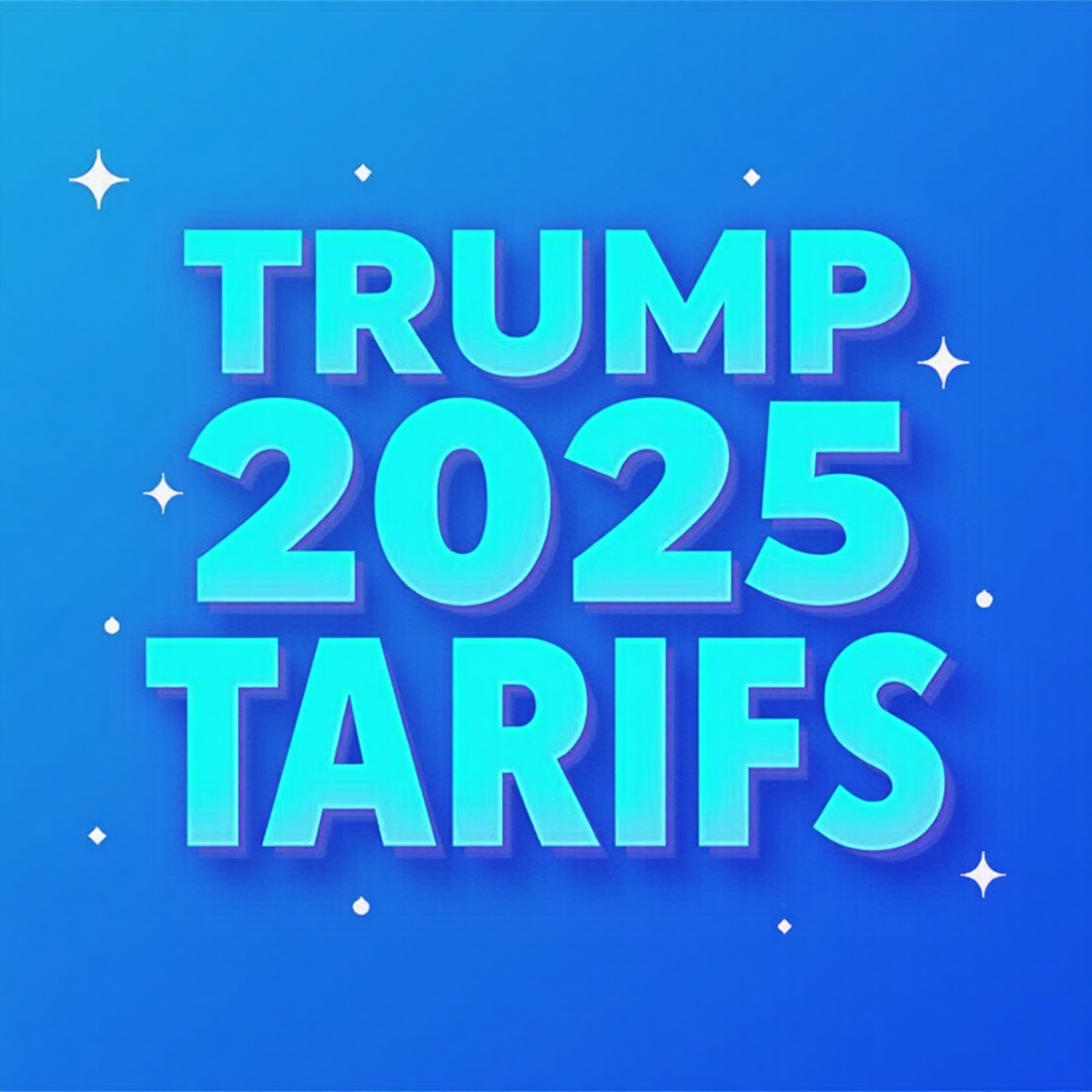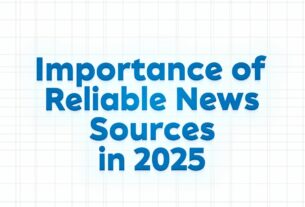Trump’s 2025 tariffs: a risky move that could change the way the world trades
In 2025, Donald Trump, the Republican presidential nominee and former president, sparked new arguments about global trade by suggesting a wide range of tariffs on imported goods. These planned tariffs, which are mostly aimed at China and other key trading partners, have caused big changes in politics, the economy, and the market. Trump’s tariffs are certain to change the way America trades, whether people perceive them as a way to defend American businesses or as a way to help the economy develop.
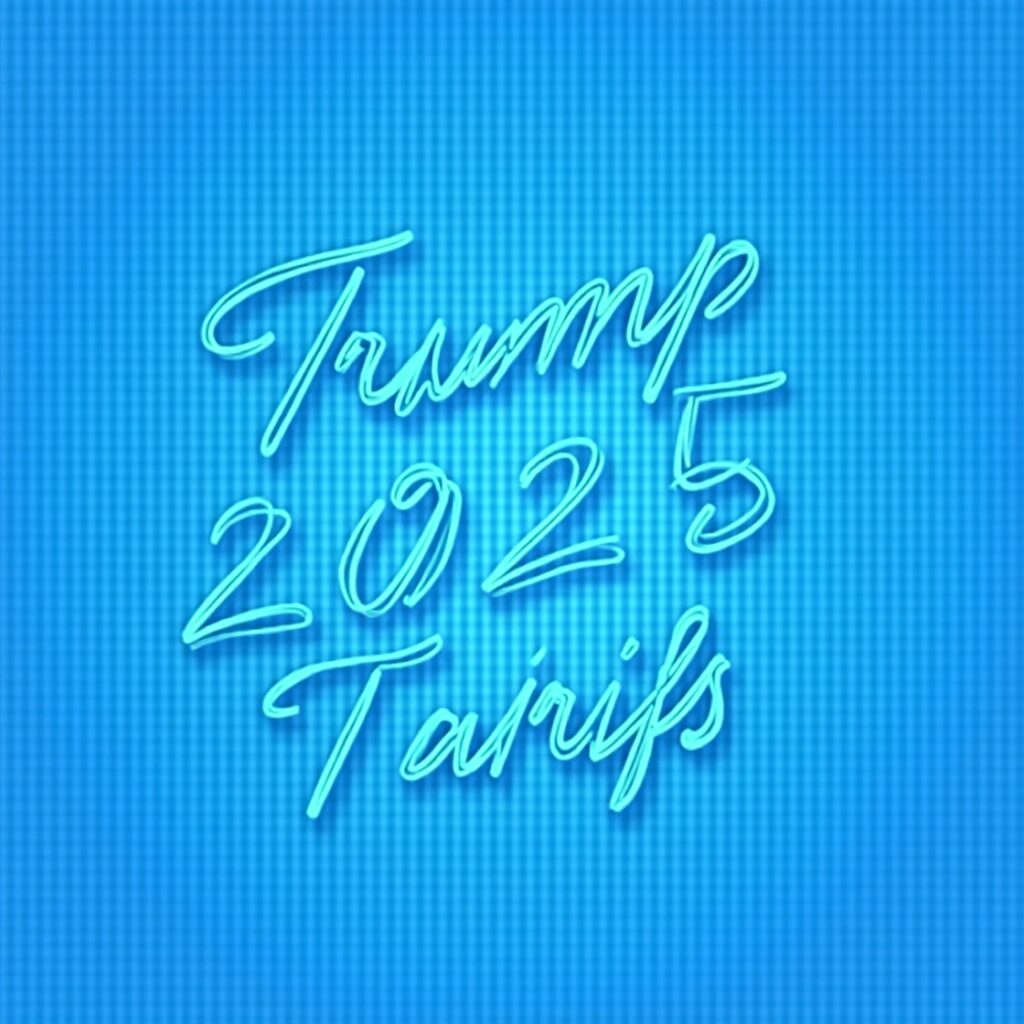
What Are Trump’s Tariffs for 2025?
Donald Trump wants to set a 10% baseline tariff on all imported goods and a 60% tariff on items from China. These steps are part of a bigger plan to increase American manufacturing, cut down on dependence on foreign supply chains, and respond to what Trump calls “unfair trade practices” by China.
The proposed taxes would apply to a wide range of items, including electronics, cars, raw materials, and consumer goods. The Trump campaign says that these steps will safeguard American employment, boost the economy, and make the country safer.
Industries That Are Most Affected
Several important sectors could be greatly affected by the Trump tariffs:
Technology and Electronics: The prices of cellphones, laptops, and semiconductors that U.S. corporations get from China may go up.
Automotive: Parts for cars that are brought in from other countries would cost more, which might make cars more expensive for people.
Retail and Consumer Goods: Prices of everyday things, including clothes and furnishings, could go up, which would put pressure on inflation.
Agriculture: When countries like China have had trade problems in the past, they have slapped duties on U.S. soybeans, corn, and pork. Farmers are worried that trade problems may happen again like they did in 2018.
Effects on the home front: good and bad
Good things:
Boost to U.S. manufacturing: American-made goods may become more competitive because imports are more expensive.
Less dependence: It encourages sourcing goods from within the country and bringing supply chains back home.
Political leverage: Tariffs can be used as bargaining chips in future trade talks.
Cons:
Inflation: Higher pricing for imported items could mean higher prices for consumers.
Supply chain problems: A lot of businesses rely on complicated multinational supply chains that could be messed up.
Economic retaliation: Countries may reply by putting their own tariffs in place to the war
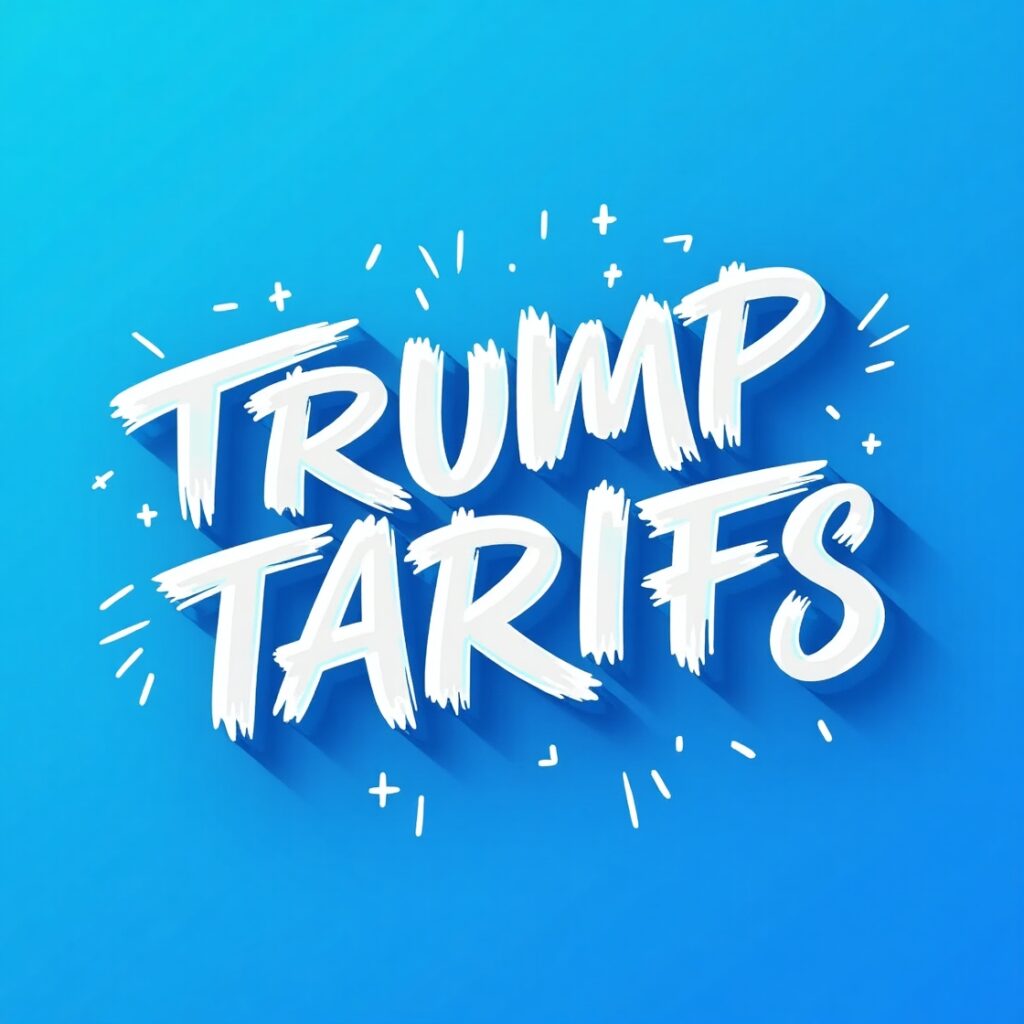
What the world thinks
Leaders and experts from around the world are worried about what Trump’s tariff ideas could mean for the economy. The European Union, China, and Canada have all hinted at possible countermeasures, which could make things worse and stop trade around the world.
China’s Ministry of Commerce said the levies were “against international trade norms” and promised to “defend its interests with the necessary actions.” If official complaints are made, the World Trade Organization (WTO) might also get involved.
How Wall Street and the Market Reacted
The tariff announcements have caused the U.S. financial markets to be unstable. Technology stocks, in particular, have dropped a lot since they depend on parts made in other countries. Some domestic industrial and manufacturing equities, on the other hand, have gone up because people think there will be more demand.
Analysts say that long-term trade uncertainty might hurt economic development and make investors less confident as the 2025 elections approach.
How Wall Street and the Market Reacted
Trump’s “America First” economic plan is based on his tariff strategy, which still appeals to his core supporters. He says that high tariffs will bring back jobs that were lost because of globalization and keep America free.
But critics, including a lot of Democrats and some moderate Republicans, say that this policy could backfire, hurting consumers and causing the economy to retaliate at a time when inflation is still a problem.
What’s Next?
If Trump wins the election in 2025, his ideas for tariffs could be some of the first big things he does for the economy in his second term. Businesses, consumers, and trade partners throughout the world are getting ready for a new phase of economic nationalism and a possible realignment of the world economy.
Analysts of trade say that businesses may need to reassess how they get their goods, find new suppliers, and make backup plans for pricing changes caused by tariffs.
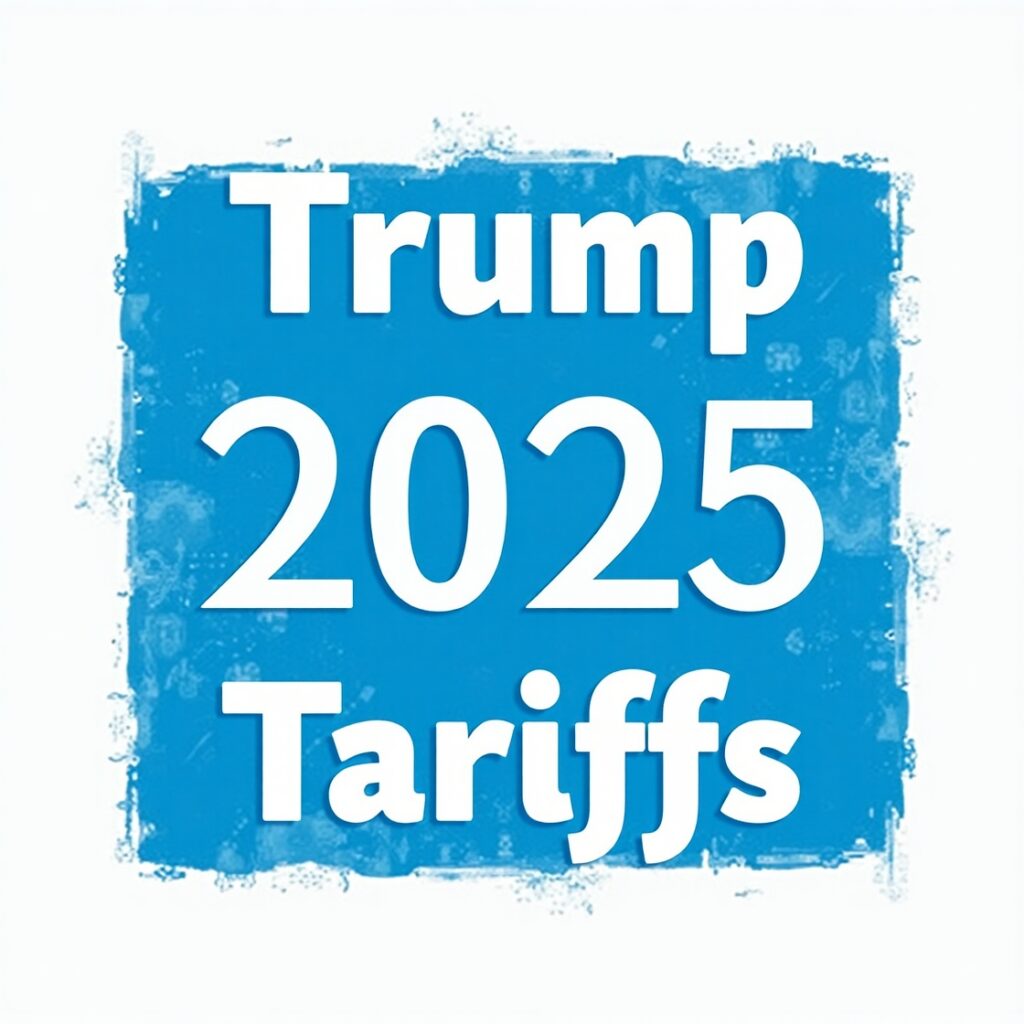
In conclusion
The tariffs that Trump put in place in 2025 show that the US is changing the way it does business with other countries. It is yet unclear if they will bring about the expected economic recovery or a new surge of global turmoil. It’s evident that these tariffs are more than simply ways to make money; they’re also political messages that are changing America’s status in the global marketplace.
